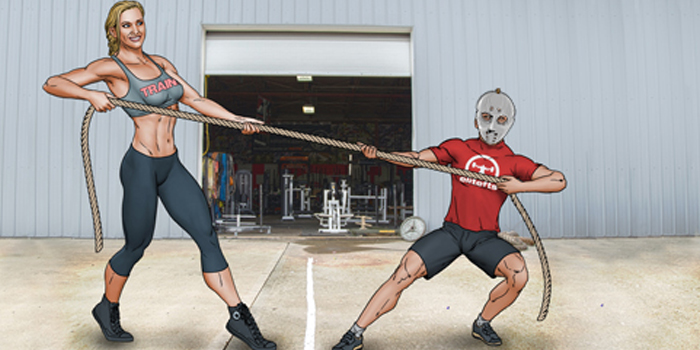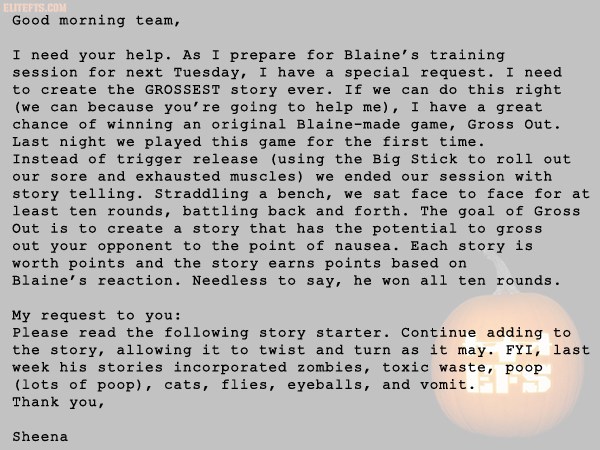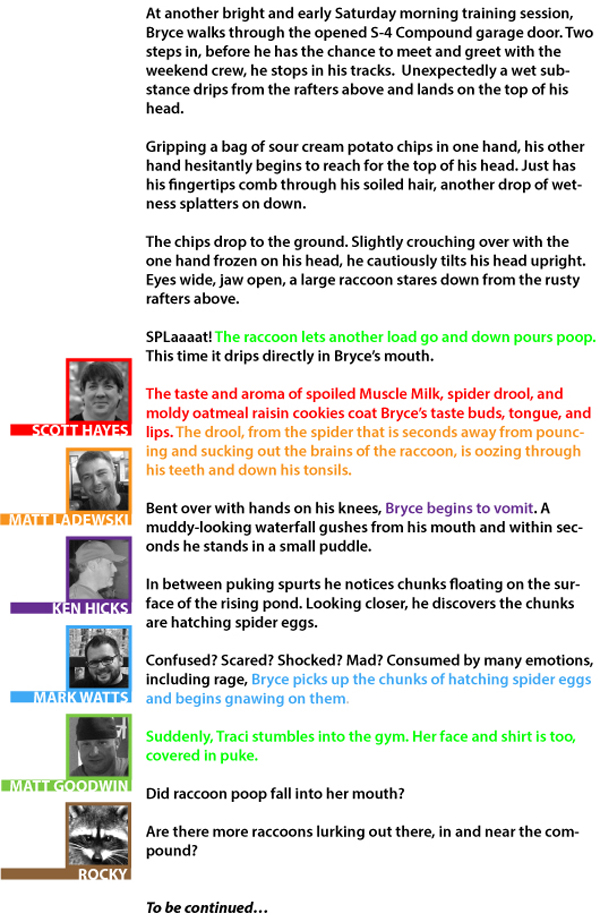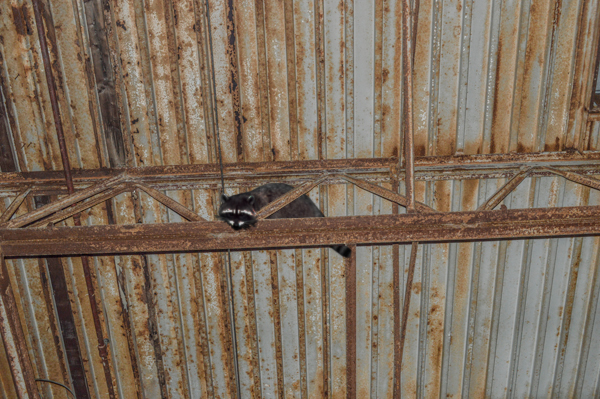
Originally published October 31, 2013
I Train. You Train. We Train.
You and I train because we love it. We don’t question it, we just do it. We find pleasure in the pain, time under tension, and the added resistance weighing us down. We anticipate, look forward to, and fantasize about growth, strength, hitting PRs, perfecting technique, overcoming plateaus, experiencing the pump, and supporting protein synthesis.
Then there comes a time when it’s not so much about you or me, but more so about him or her. This person may be your son or daughter, a friend, a spouse, a mother or father, perhaps a neighbor. We want them to experience this same thrill in some manner as we do. Maybe not so much in its full capacity, entirety, or complexity, but to enjoy the benefits of the gym and improve in some fashion.
As I have had experiences training and creating programming for a variety of populations, I’ve learned invaluable and impressionable lessons by working with children and adults, their families, who are touched by autism. This series is intended to provide simple and often overlooked reminders and considerations for you, the parent, teacher, or trainer to gain applicable ways to incorporate physical activity in your child’s, student’s, or client’s day. Clearly, not every suggestion will work for everyone but instead will provide approaches that you may find effective.
As you may know, Blaine (Dave Tate’s son) and I have been training together every Tuesday here at the compound. As this is an extension of Dave’s series, They Are Not Angry Birds, I’ll be sharing my approach to programming and training for a child with autism. In preparation for our next training session, I knew I needed the help of my coworkers. The next morning they all received the following email blast:

Finally, Tuesday rolled around. Because Gross Out concluded our session last week, I placed it as our last exercise to accomplish this week. As soon as Blaine walked through the door he questioned, “Where’s the story? Can we start with Gross Out? Can I read your story?"
I reminded him that we’d end our session with Gross Out, I assured him I came prepared with my story, and then proceeded to direct him to the dry-erase board. After completing all six objectives of our schedule, Gross Out was next on the list.
This time around, it seemed only appropriate to have our battle at the glass-topped table in the center of the compound. Dave, Blaine, and I each picked a leather chair of our choice, and there we all comfortably sat. We were all sweaty and excited, but Dave was the only one with a bloodshot left eye resulting from training arms. For the next 20 minutes, the compound was full of wide eyes, theatrical voices, laughter, and the occasional, “Grosssssssssssss.”
Using the inspiration from my coworkers, this is what I read aloud to Dave and Blaine:

Dave, by default, became the judge of our competition. He seemed to be leaning in my favor up to the point of Blaine’s story taking an outrageous turn. Dave pleaded that if he was able to end his story on a positive note, he could possibly win. Blaine played the game wisely, and with strategy, he won.

Perspective
This was the first time Blaine’s choice included something other than station exercises, Cops and Robbers, Tug of War, machine work, or an obstacle course. Although it wasn’t truly exchangeable to the advantages of trigger releasing our muscles, I found it be very beneficial.
Here are a few pros that Gross Out produced and why:
1. Team Inclusion
The initial email blast sent to my coworkers announced Blaine and I were training every Tuesday night. Although mostly everyone knew, there were a few that were unaware of this weekly occurrence. Throughout the week, I overhead conversations between Blaine and others talking about his training. I also had a few conversations in the office and shared training ideas and approaches.
My favorite result of the email blast was when someone in the warehouse asked for Blaine’s assistance. They mentioned that they needed someone strong to help move a newly arrived shipment. He didn’t think twice about helping and seconds later he was outside working.
After the Gross Out session, the following morning, I received many questions, all wondering who won and how Blaine performed for the night.
2. Communication
This exercise utilized speaking and listening skills, two things very important in any training program. In this particular game, the opponent gained leverage if he or she was actively participating and listening throughout.
3. Variety
This game was new and fun. Throughout the week at work, I looked forward to collaborating with my teammates about the story and sharing new installments.
4. Energy
On training day, Gross Out was the last thing to be accomplished on the schedule, but it was the first thing Blaine talked about. It felt as though every part of the schedule was energized because we were both excited to share our stories during the cool down.
Thank you, Traci Tate, Dave Tate, Mark Watts, Matt Ladewski, Ken Hicks, Scott Hayes, and Matt Goodwin for contributing. And Traci, per your suggestion, next time Blaine and I play Gross Out I’ll include, “Tell him Dave ate Bryce’s boogers!”









